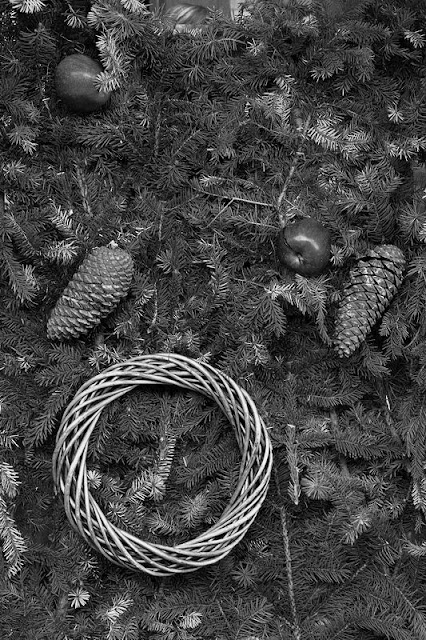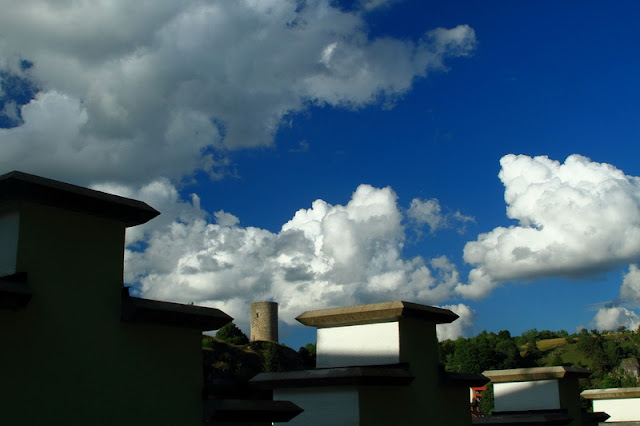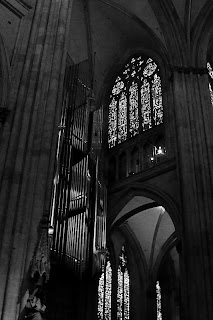“Autumn...the year's last, loveliest smile.”
William Cullen Bryant
"Autumn is a second spring when every leaf is a flower."
Albert Camus
“On this autumn mountain,
Tumbling yellowed leaves,
For just a moment
Cease your scattering
For I would see my beloved's home.”
Kakinomoto No Hitomaro
William Cullen Bryant was a famous 19th century American poet. Albert Camus was a French philosopher and member of the resistance during the war. Hitomaro was a famous poet and court noble in the 7th and early 8th centuries, and is revered as one of the “36 Poetry Immortals” of Japan.
All 3 quotes are reminders of how autumn can be a wonderful season. The Season of color and clarity is upon us, preparing us for the dark and cold days ahead. The joys we experience in autumn can last a lifetime! Childhood memories are always rekindled with the tasted of fresh cider or just picked apples. Pumpkin pie and Halloween, not to be outdone compete with colored leaves and apple pie!
For the moment, though, we’re leaving the memories for later, when we’re each on our path. We’re going to give a few short pointers for dealing with autumn colors and shooting.
The easiest thing one can do when dealing with autumn’s majestic colors is to simply underexpose by 1/3 to 1 stop. Meter the area you’d like to see an increase in saturation, then set your exposure 1/3 to 1 stop less. To do this successfully, you have to make sure the rest of the scene is within the range of your cameras sensor. When you desire to increase saturation, underexposing will always help. This is because saturation, in simple terms, is generally inversely proportional to the reflected light. A lower luminance value will usually appear more saturated than a higher luminance.

ISO 100, f/16, 1/15
Lanu Mimita, Samoan for The colors are bold. This was shot in Dietldorf, a couple years ago. By underexpsoing slightly, and lowering the levels using the levels adjustment tool, saturation is increased. With some slight tweaking of color temperature the scene can be rendered to replicate the feeling of that wonderful day, time spent with family, and the big, hot, cocoa that followed the making of this image!
Another important thing to try is changing up your compositions. Since you’re likely to be shooting color, you’ll want to use composition to enhance the brilliance of your image. This can be used to either increase your subject’s importance or bring a saturated subject in line with an element having a lower saturation, while maintaining the distinction. Composition needs to be strong with higher levels of saturation to prevent the color from creating distractions or becoming a crutch.
If you wish to shoot black and white, autumn is a wonderful time to try it. If possible, use real filters on your lenses, as they will give you better renditions of the contrast inherent in your image than software alone. Editing your image should be done on multiple layers, especially if you desire to simulate different filters. A red filter will leave your reds, oranges, and yellows bright and your greens and blues very dark. An orange filter will have less impact but the results are similar. It's all about how you visualize it! Filter pack plug-ins for Photoshop are available, and Tiffen makes one for stand-alone use.
While these suggestions are a good place to start, I highly recommend getting out and making some shots. Try these suggestions, and any others you come across and feel comfortable with. Also remember, you’re the determining factor in your image’s value. If you like it, than show it off, definitely share it here, and be proud of your work.
We want you to share your photos with us on our Hohenfels Volks Facebook page. You can also e-mail questions, photos, or comments to HohenfelsVolks(at)tks-net.com, and we’ll get them posted!
Is there anything you’d like to see here? Do you have a question? Share your thoughts here or at the Hohenfels Volks Facebook page. Of course, commenting on both Facebook and here is always appreciated, too! Don't forget, we're on Google+, too!



















